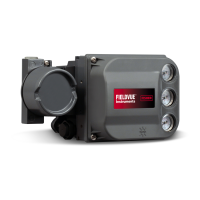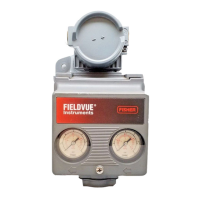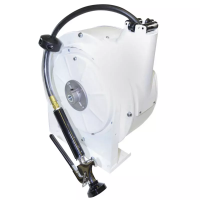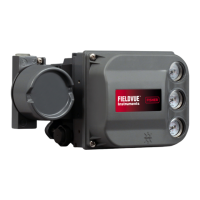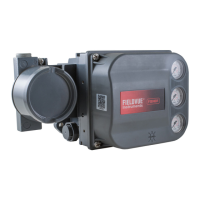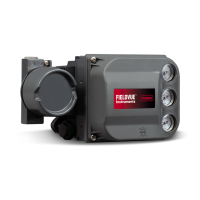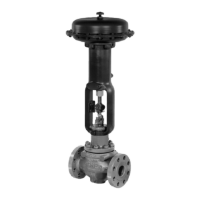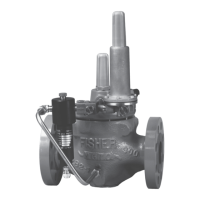Instruction Manual
D103176X012
Viewing Device Variables and Diagnostics
June 2017
34
D Tvl Accum—Travel Accumulator contains the total change in travel, in percent of ranged travel. The accumulator
only increments when travel exceeds the deadband. Then the greatest amount of change in one direction from the
original reference point (after the deadband has been exceeded) will be added to the Travel Accumulator. The value
of the Travel Accumulator can be reset from the Travel Accum Alert menu.
Viewing Device Information
Field Communicator Setup & Diag > Display > Device Information (1-3-2)
The Device Information menu is available to view information about the instrument.
Follow the prompts on the Field Communicator display to view information in the following fields:
D HART Univ Rev—HART Universal Revision is the revision number of the HART Universal Commands which are used as
the communications protocol for the instrument.
D Device Rev—Device Revision is the revision number of the software for communication between the Field
Communicator and the instrument.
D Firmware Rev—Firmware Revision is the revision number of the Fisher firmware in the instrument.
D Firmware Date—Firmware Date is the revision date of the firmware being used.
D Main Elec Rev—Main Electronics Revision is the revision number of the main electronics component.
D Sec Elec Rev—Secondary Electronics Revision is the revision number of the secondary electronics component.
D Sensor Serial Num—Sensor Serial Number is the serial number of the sensor
D Inst Level—Indicates the instrument level
AC—Auto Calibrate
HC—HART Communicating
AD—Advanced Diagnostics
PD—Performance Diagnostic
Table 3‐1 lists the functions available for each instrument level.
Table 3‐1. Functions Available for Instrument Level
Instrument Level Functions Available
AC Communicates via the LCD or with Field Communicator. Provides basic setup and calibration.
HC
Communicates via the LCD, the Field Communicator and ValveLink Software. Provides basic setup, calibration, travel
cutoffs and limits, minimum opening and closing times, input characterization (linear, equal percentage, quick opening,
and custom) and the following alerts: travel deviation; travel alert high, low, high high, and low low; drive signal; auxiliary
terminal; cycle counter; and travel accumulation.
AD
Includes all functions listed above plus (with ValveLink software) all offline diagnostic tests (dynamic error band, drive
signal, step response, and valve signature) plus online trending
PD Includes all functions listed above plus online valve signature test (friction analysis)
D Device ID—Each instrument has a unique Device Identifier. The device ID provides additional security to prevent this
instrument from accepting commands meant for other instruments.
